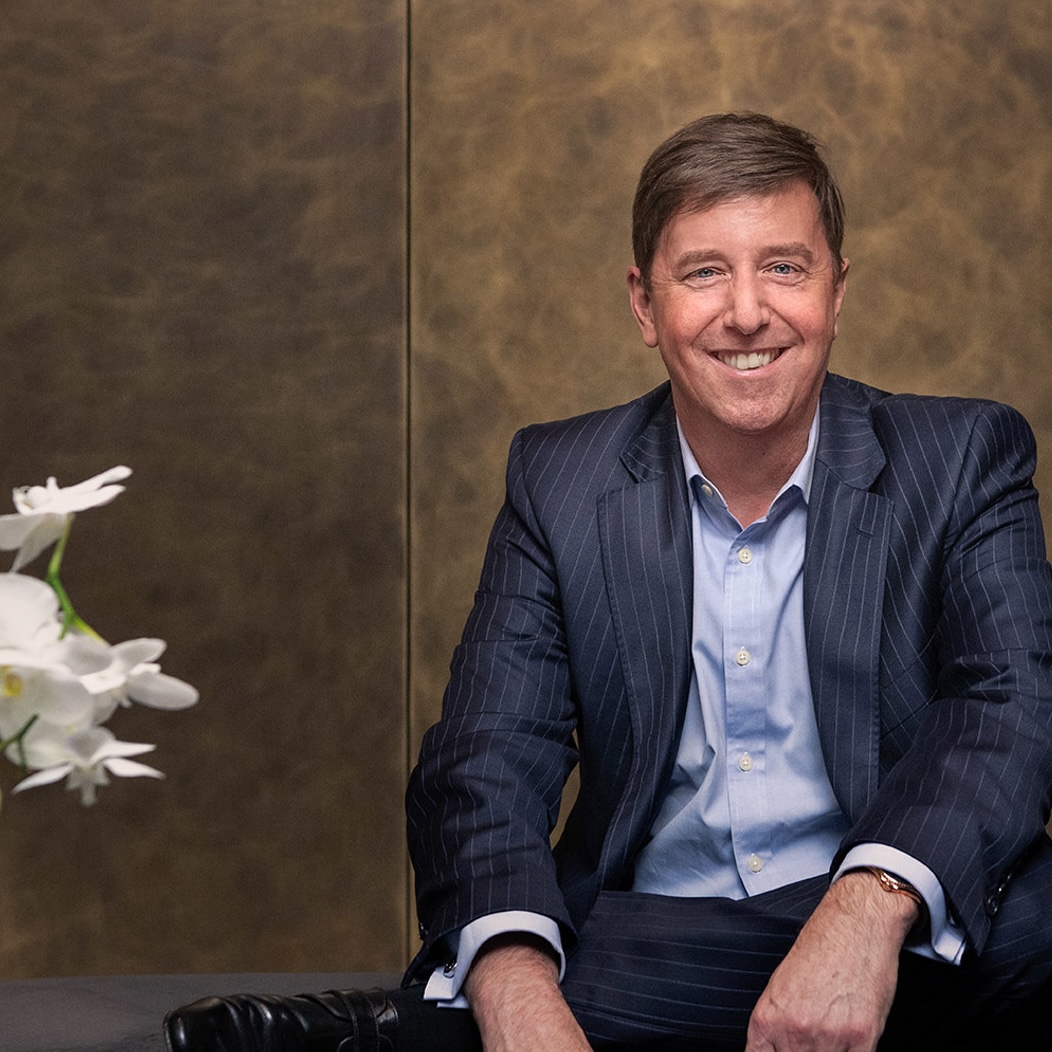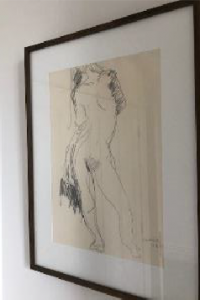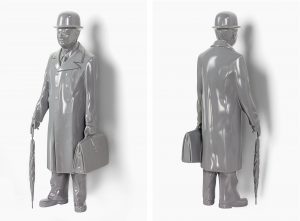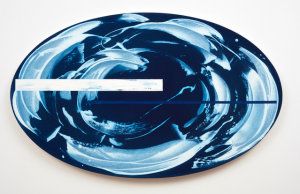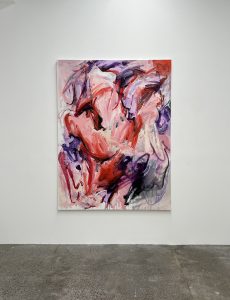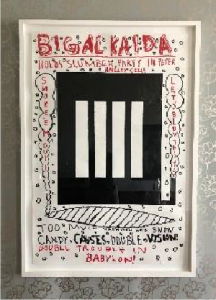We’re excited to share insights from Pip England, Chief Executive Partner of Chapman Tripp, into his journey as an art collector and the influences that have shaped his eclectic collection. From early inspirations to his approach of buying what he loves, Pip reflects on the evolving nature of his collection and offers advice for first-time collectors. Chapman Tripp is the presenting partner of Horizons, a new sector aimed at supporting early career artists at the Aotearoa Art Fair 2025.
What made you want to start collecting art?
For me, there were two key influences. Firstly, my parents – who loved art and took me to galleries in New Zealand and offshore when I was young. I was very fortunate as a teenager to meet Toss Woollaston with my parents at his Riwaka studio, near Nelson, after they had bought a watercolour and I had bought my first real artwork (a pencil sketch nude). Toss apparently wanted to meet the 17-year-old Kiwi boy who would spend money on art.

Image: Toss Wollaston, Nude, 1977
Another key influence was Jonathan Smart, my art teacher at high school. He was so passionate and knowledgeable about art, and made it very approachable and interesting. I would have loved to be an artist myself, but (through no fault of Jonathan!!) I have settled for being an art collector. I have continued to see Jonathan at the Art Fair and in Christchurch. It was Jonathan who introduced me to Michael Parekowhai, selling me a Rainbow Servant Dreamer.
Image: Michael Parekowhai, Rainbow Servant Dreaming, 2005
How has your approach to collecting evolved over time?
Our collection is eclectic. We buy what we love. Sometimes I buy something without telling my wife. As a result, we now have a designated room at home with a number of these works that she would rather hadn’t joined our collection. It’s fair to say they’re not highly visible. I am quite comfortable now that not everyone will love every piece (sometimes including my wife), but as long as it provokes discussion, it’s worth getting, in my view.
Is there a focus in artists in your collection? Are you more interested in emerging or well-known artists?
We don’t have a particular ‘focus’. We have tended to buy New Zealand artists – but not necessarily the well-known or ‘popular’ artists. We have never bought a work because everyone else is buying that artist or because people are saying we ‘should’ buy a particular artist. Nor do we just buy from one gallery. We have bought from a number of galleries over the years.
When we were younger, I set a $15,000 cap for any work. So, that tended to mean we were more often looking at emerging artists. I remember negotiating on a Pule re-sale purely because I couldn’t breach my (arbitrary) cap. Luckily, the gallery owner understood my completely irrational thinking perfectly. I still love the Pule – even more because we had missed some (rather rude) writing on the work that was first spotted by my mother-in-law. Again, it provoked ‘discussion’!

Image: John Pule, Red Cloud, 2003
What advice would you give to someone looking to make their first purchase at the Aotearoa Art Fair?
Make sure you truly love the work. Don’t buy it because you know the name of the artist and think you should. And ideally, make sure your better half also likes the work. It does make life easier.
What is your favourite piece in your collection and why?
That is hard. It depends on my mood, and what I have been thinking about – people, places, events, etc. Right now, my favourite work is a Todd Hunter work we bought from Fox Jensen. It is an amazing, evocative work – but more importantly, was bought for us by a good friend who is not well, so it is very special because of the connection with her. Over the summer break, I was lucky to spend a lot of time staring at a beautiful Gretchen Albrecht that mirrored the blues of the sea and sky off Waiheke.
Image: Gretchen Albrecht, Blue Surge (White Light), 2014
Image: Todd Hunter, We’ll take that ride, 2023.
Was there a piece of art that got away?
Many. But the most unusual was an early Peter Robinson work that I had seen at Peter McLeavey’s gallery in the late 90s. Olivia McLeavey had shown it to me from the stock room. I then rang – on mobile (a mistake, I later found out) – to confirm I wanted to purchase the work. Peter refused to sell it to me until I had proven I was not a yuppie with a mobile and actually appreciated art. I eventually got him over the line. He put the Robinson on the wall (balanced on two pins…) to show me the work. It fell and cracked the edge of the work, rendering it unsellable. I didn’t get my Robinson until many years later when Peter sold me a Big Al Kaida work (which we still own and love).
Image: Peter Robinson, Big Al Kaida, 2002.
Learn more about Chapman Tripp at chapmantripp.com
